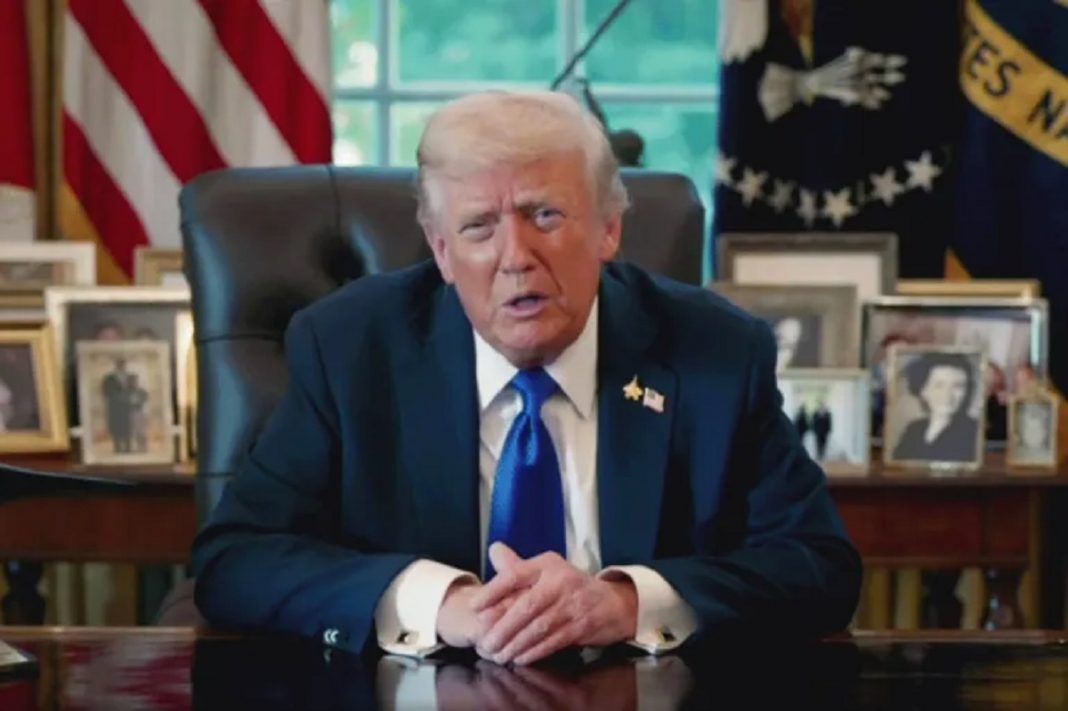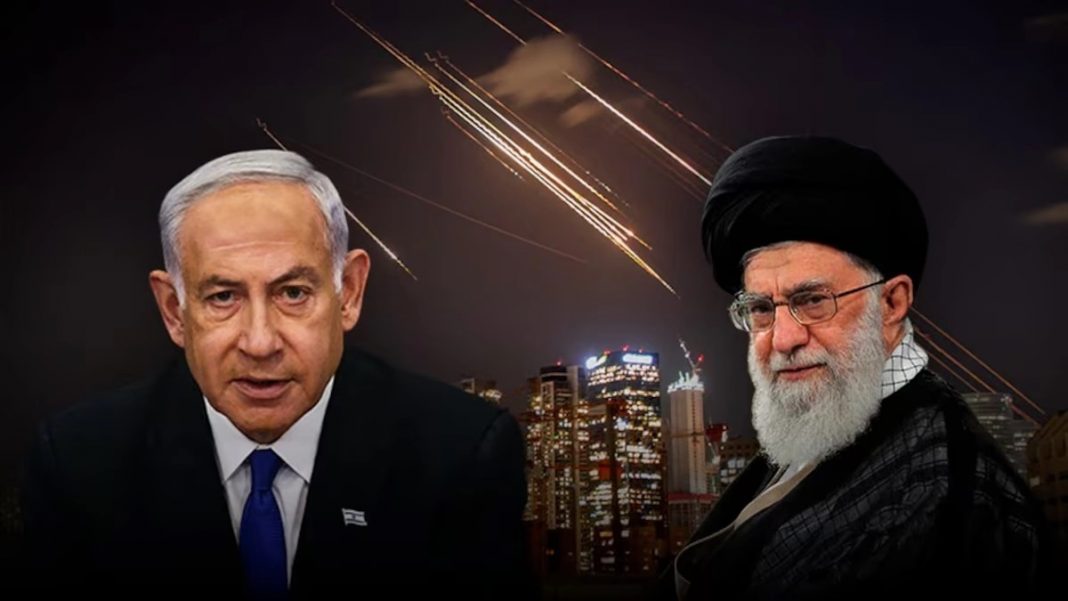Gabriel G Tabarani*
President Donald Trump’s new Gaza peace plan is being hailed as a breakthrough — the first real chance in years to end a catastrophic war. Under the deal, Hamas has agreed to release the remaining Israeli hostages in exchange for nearly 2,000 Palestinian prisoners and a partial Israeli withdrawal from the Gaza Strip. Aid is flowing again, families are daring to hope, and Washington is congratulating itself for restoring order to the Middle East.
But look closer, and the deal starts to wobble. Beneath the photo ops and handshakes, the plan rests on a shaky foundation of political desperation, deep mistrust, and conflicting ambitions. It could collapse as quickly as it was announced.
The agreement is the centerpiece of Trump’s second-term Middle East reboot — an effort to reassert U.S. influence after two years of bloodshed and diplomatic drift. Within weeks of returning to the White House, Trump had reopened secret channels with Hamas, restarted nuclear talks with Iran, and even lifted sanctions on Syria. It was a flurry of moves designed to show that only he could bring the region’s endless conflicts to heel.
But Washington’s vision of regional stability runs headlong into Israel’s preference for permanent dominance — a problem that has haunted U.S. policy for decades. As Joost Hiltermann and Natasha Hall argue in Foreign Affairs, the United States and Israel have never truly shared strategic goals, even when pretending to. America wants stability; Israel seeks control. That gap, once papered over by the language of “shared values,” is now wide open.
No one embodies that divide more clearly than Prime Minister Benjamin Netanyahu. After years in power and facing corruption trials, Netanyahu governs like a man with nothing to lose. His political survival depends on keeping his far-right coalition intact, and that coalition thrives on perpetual conflict. The war in Gaza, for him, is not a tragedy to end but a political stage to manage. Ending it risks ending him.
As Natan Sachs of the Middle East Institute put it, Netanyahu suffers from “the malady of someone who’s been in power for a very, very long time and is genuinely sure that he has no replacement.” The result is a leader who treats war as a habit — and who can barely imagine peace except as a tactical pause.
Trump, to his credit, has done what no American president before him dared: he reportedly berated Netanyahu in private and forced him to sign the cease-fire. Aaron David Miller, a veteran U.S. peace negotiator, called it unprecedented — a sitting president openly pressuring an Israeli prime minister to make peace. But pressure alone isn’t policy, and Trump’s bluster may not be enough to keep Netanyahu in line once the cameras are gone.
Hamas, meanwhile, is a fractured shadow of its former self. Its leadership, scattered across Gaza, Lebanon, and Qatar, is trying to negotiate while under fire. Since the assassination of Yahya Sinwar, the group has no single leader. Decisionmaking is spread among councils and commanders, many of whom disagree on whether to cut a deal or fight to the end. Khalil Shikaki, the Palestinian political analyst, describes a movement driven less by ideology than by survival. “It is not about a project of having a ministate,” he said. “It is about its mere existence.”
That makes Hamas both desperate and unpredictable — willing to talk but not to trust. And with Iran still pulling strings through its military wing, the chances of full disarmament are slim. Even if Hamas agrees to the letter of the deal, it will likely resist its spirit.
The structure of Trump’s plan only adds to the confusion. Four armed forces — the Israeli army, Hamas remnants, Palestinian police, and an international stabilization unit — are supposed to operate side by side in a sliver of land smaller than Philadelphia. On top of that, a “Board of Peace,” chaired by Trump himself, is meant to oversee reconstruction and security. To Palestinians, this looks less like liberation than occupation by committee. “In the eyes of Palestinians, Trump and Netanyahu are one,” Shikaki noted. “So how is this going to end the war? It’s a nonstarter.”
The deeper problem is that Trump’s deal assumes that all sides actually want peace. They don’t. Netanyahu needs confrontation to keep his government afloat. Hamas needs defiance to preserve legitimacy. And Trump needs spectacle — a dramatic, telegenic breakthrough that can dominate the news cycle and showcase his supposed deal-making genius. None of these impulses make for sustainable diplomacy.
Meanwhile, Israel’s behavior continues to undermine the very stability the U.S. claims to seek. Over the past year, Israel has bombed Iran’s nuclear sites, expanded settlements in the West Bank, struck targets in Syria and Lebanon, and — most provocatively — attacked Hamas negotiators in Qatar, home to a major U.S. air base. Each action was a slap in Washington’s face, and yet America looked the other way. The result, as Hiltermann and Hall write, is an ally turned “chaos agent,” dragging the United States back into conflicts it no longer wants to fight.
Trump insists this time will be different. He promises to enforce the deal personally — to hold Netanyahu accountable and ensure that aid reaches Gaza. But his track record cuts both ways. He has already shown that his policies can change with a tweet, and that his alliances are as transactional as his business deals. If Netanyahu resumes bombing, will Trump really risk a public rupture? Or will he, like so many presidents before him, shrug and move on?
The United States has leverage — billions in military aid, diplomatic cover, and the power to isolate Israel internationally. But leverage only matters if it’s used. Past presidents did not hesitate: Eisenhower forced Israel to withdraw from Egypt in 1956; George H. W. Bush withheld loan guarantees over settlement expansion. Those presidents understood that friendship does not mean indulgence. Today, Washington acts more like a sponsor afraid of its own client.
For the families of hostages and the millions of Palestinians trapped in Gaza’s ruins, this moment still offers a flicker of hope. A cease-fire, however fragile, can save lives and open doors. But peace built on illusion cannot last. Unless the United States is willing to confront both Hamas’s extremism and Israel’s militarism — and to assert its own interests over Netanyahu’s — the Gaza deal will soon join a long line of failed American experiments in Middle East peacemaking.
Trump wanted a legacy-defining triumph. He may instead inherit yet another American failure: a deal too bold to succeed, too brittle to survive, and too dependent on men who need the war more than they need the peace.
This article was originally published in Arabic on the Asswak Al-Arab website


